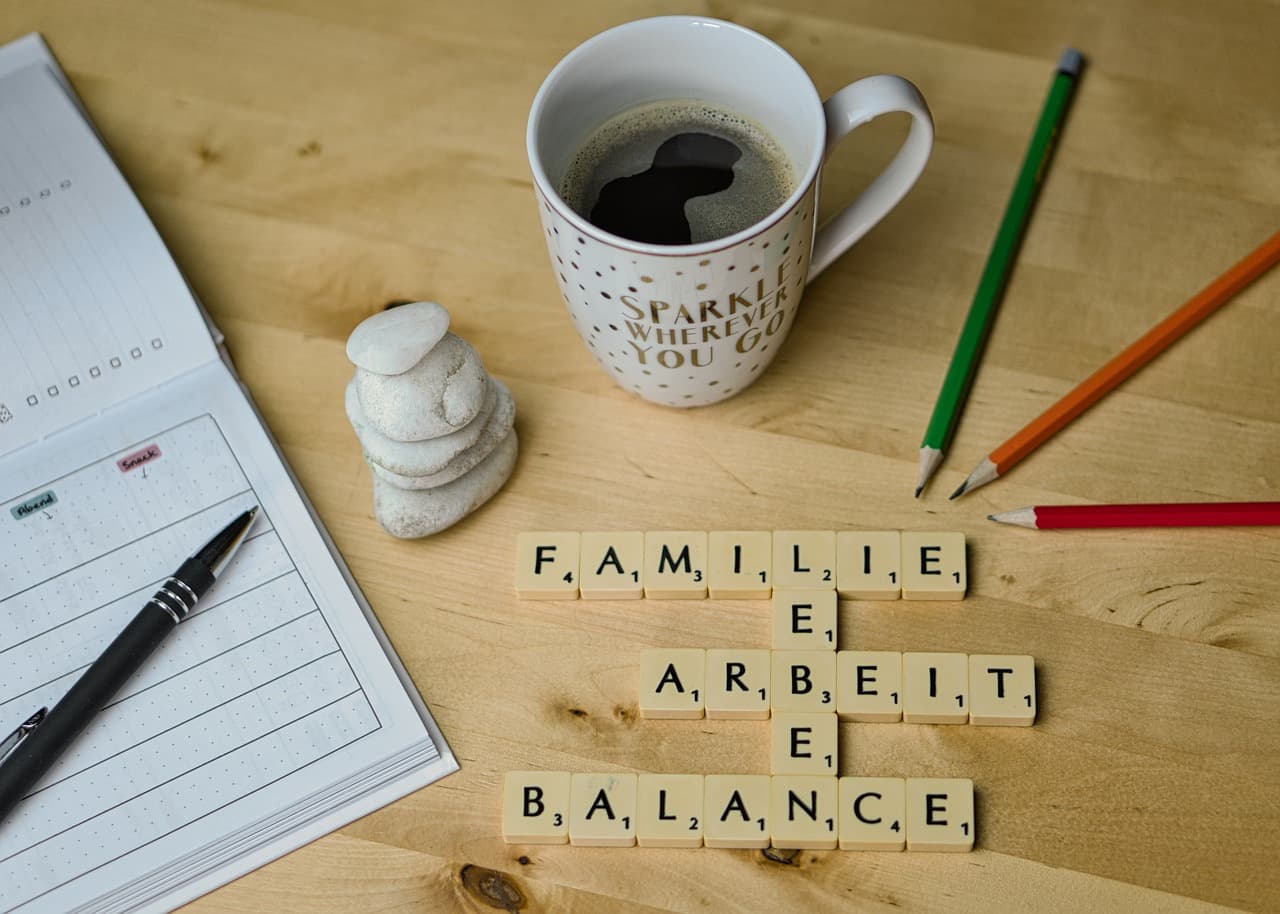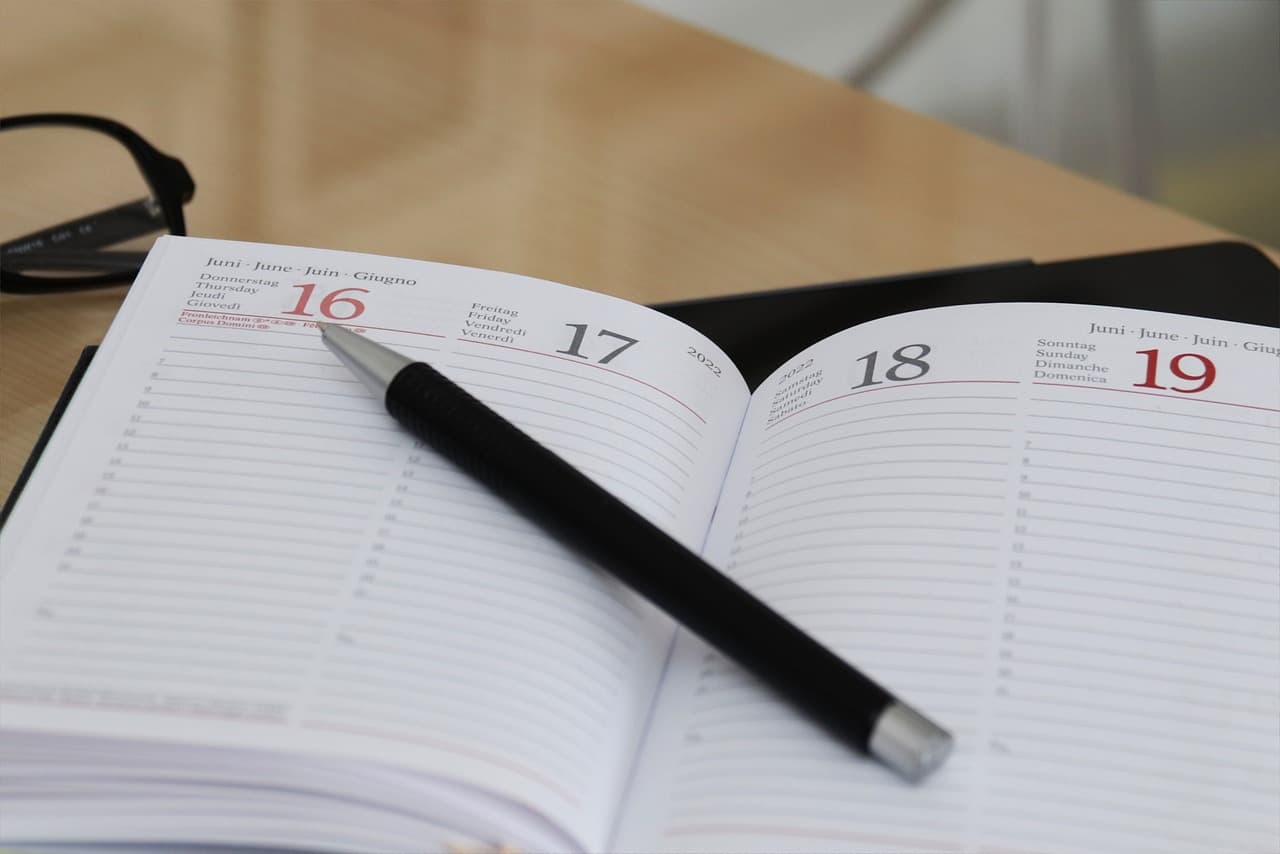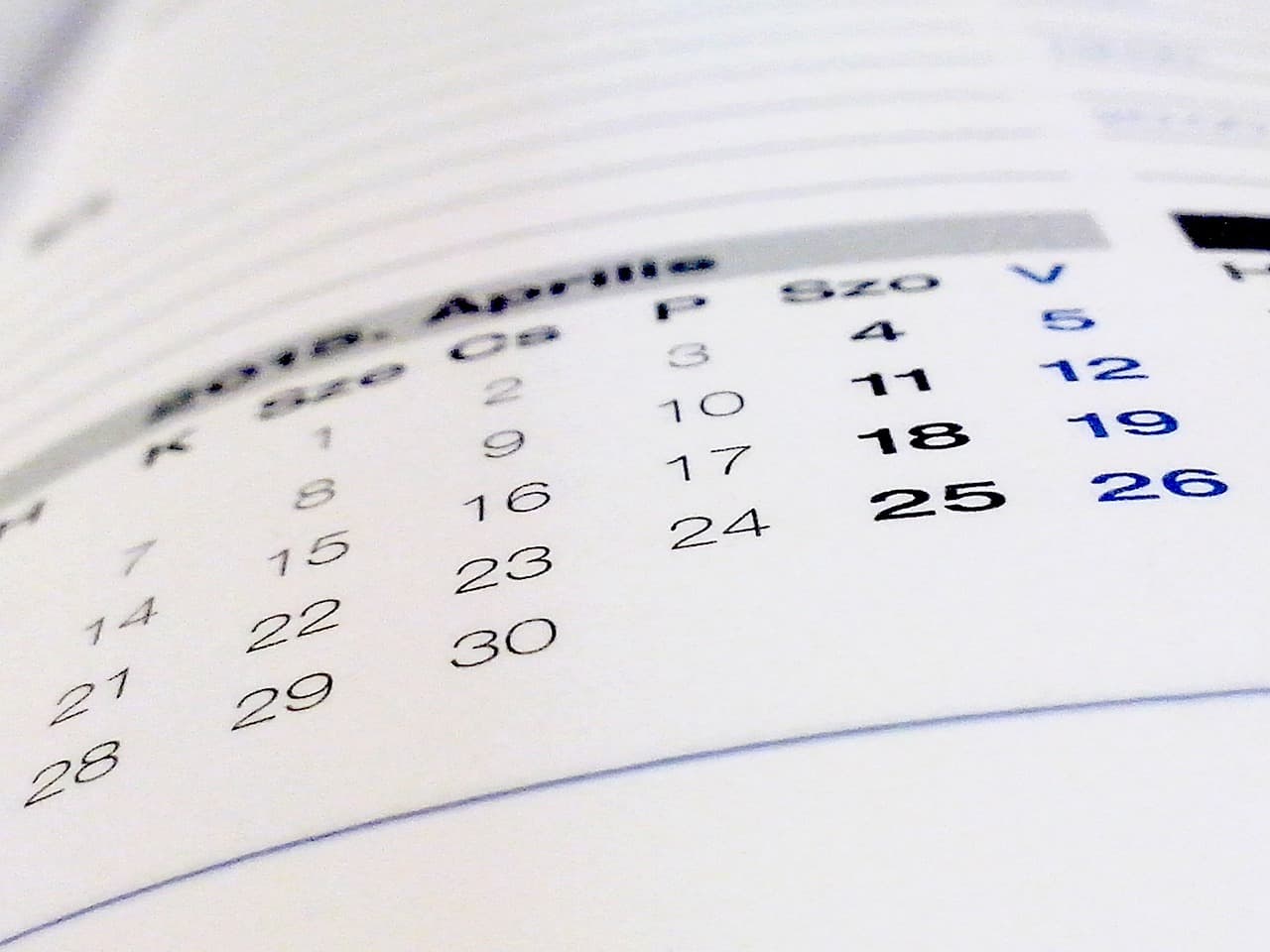How Do I Balance Work And Personal Tasks In My Time Blocks?

Here are some tips to help you balance work and personal tasks when using time blocking:
Create separate blocks for work and personal time
The key to balancing work and personal tasks is to intentionally schedule time for both. Don’t just focus on work – make sure to block out time for personal activities as well.
Work blocks:
- Schedule focused work time for important projects and tasks
- Block time for meetings, emails, and administrative work
- Include buffer time between work tasks
Personal blocks:
- Schedule breaks, lunch, and personal appointments
- Block time for exercise, hobbies, and family activities
- Set aside time for personal errands and chores
By clearly delineating work and personal time, you can ensure you’re making progress on both fronts.
Prioritize your most important tasks
When planning your time blocks, prioritize your most critical work and personal tasks first. This ensures you’re allocating time to what matters most in both areas of your life[1].
For work, focus on high-impact projects and tasks that align with your key goals and responsibilities. For personal time, prioritize self-care, relationships, and activities that recharge you.
Be realistic with your time estimates
Avoid overloading your schedule by being realistic about how long tasks will take. Build in buffer time between blocks to account for unexpected issues or tasks that run long[2]. This flexibility will help you stick to your schedule without getting overwhelmed.
Review and adjust regularly
Your needs and priorities will change over time, so regularly review your time blocking system and make adjustments as needed. At the end of each week, evaluate what worked well and what needs tweaking[3]. Be willing to shift blocks around to better balance work and personal commitments.
Use different techniques for different types of tasks
Consider using different time blocking approaches for work versus personal tasks:
- Use longer blocks (60-90 minutes) for deep work and important projects
- Schedule shorter blocks (15-30 minutes) for quick personal tasks and errands
- Group similar activities together (e.g. all meetings, all household chores)
- Leave some open, unscheduled time for flexibility
Set clear boundaries
When it’s time for a personal block, fully disconnect from work. Turn off notifications, close work apps, and give your full attention to the personal activity[4]. Similarly, minimize personal distractions during work blocks. Clear boundaries will help you be more present and productive in each area.
By thoughtfully planning both work and personal time blocks, you can create a schedule that allows you to make progress on professional goals while still prioritizing your personal life and wellbeing. The key is finding the right balance that works for your unique needs and situation.
Go From Time Blocking Work Life Balance Back To Time Blocking
Go To The Leadership And Development Home Page
Citations:
[1] https://asana.com/resources/what-is-time-blocking
[2] https://www.usemotion.com/blog/time-blocking
[3] https://www.betterup.com/blog/time-blocking
[4] https://resourceguruapp.com/blog/time-management/time-blocking
[5] https://reclaim.ai/blog/time-blocking-guide
[6] https://www.vcita.com/blog/time-management/time-blocking
[7] https://todoist.com/productivity-methods/time-blocking
[8] https://www.eagle-education.co.uk/study-tips/time-management-techniques-to-help-you-balance-your-studies-and-commitments/


